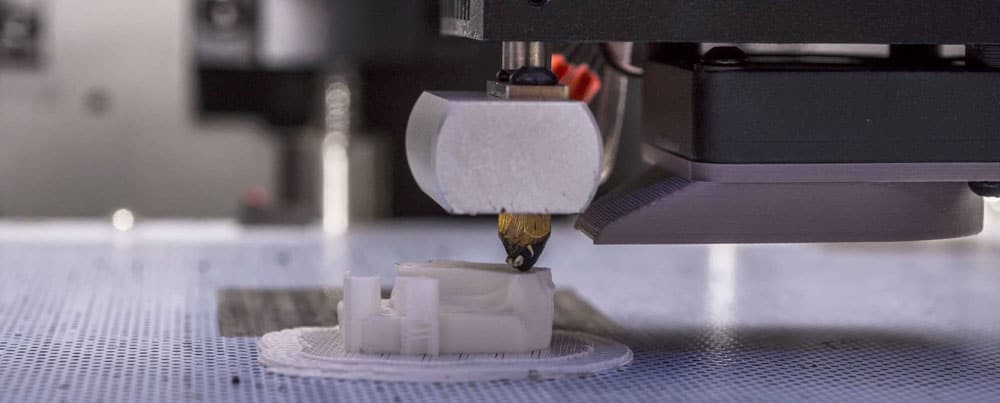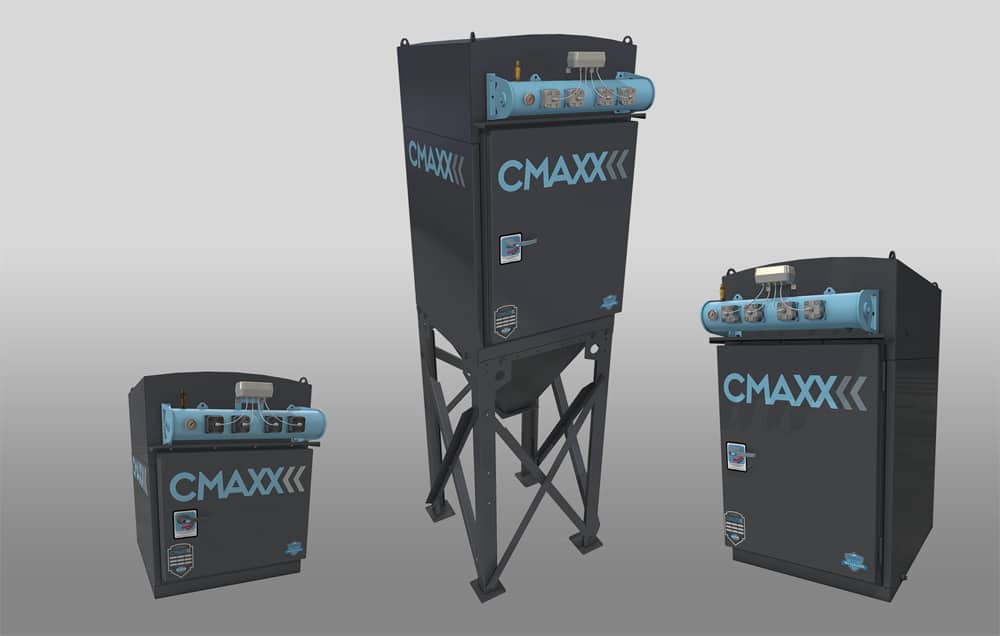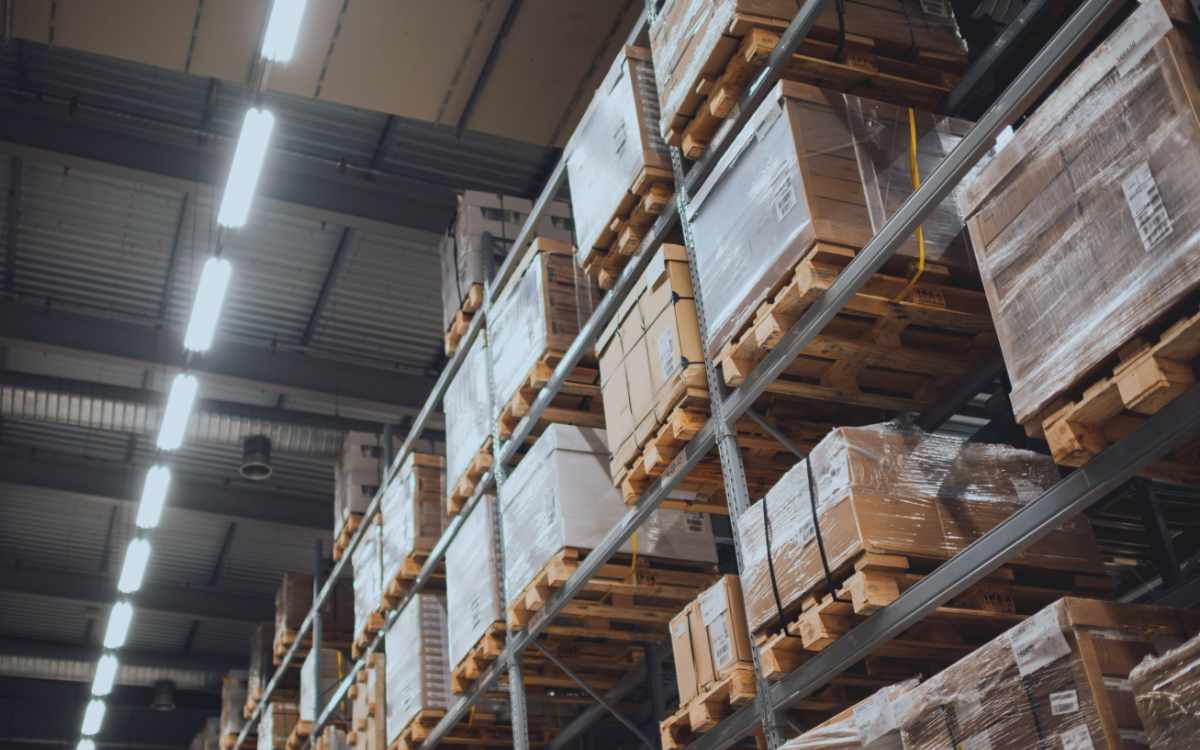
With the exploding popularity of 3D printing, it’s inevitable that combustible dust hazards would become part of the process. After all, 3D printing uses materials from plastics and nylon to aluminum and titanium. Almost all of them are combustible and can form explosive airborne dust around the work area.
3D printing is also called additive manufacturing, and it works by fusing layers and layers of extremely fine dust to create the final shape. When using metals, plastics, or ceramics, the layers are often fused by a laser that has the precision to carry out computer-guided designs.
The term “additive manufacturing” is most often found in applications like metalworking, where it is used as an opposite of manufacturing that involves removal of material, like cutting or grinding. 3D printing is a much broader term and can apply to a wide variety of processes.
If the combination of combustible dusts and high-powered ignition sources doesn’t sound like an explosion hazard, consider the fact that this is still a new technology, and many dust collection systems on the market aren’t equipped to handle this kind of hazard. OSHA has already cited at least one company for an explosion that occurred when combustible aluminum and titanium metal powers from their 3D printing process ignited, causing serious injuries.
Besides the risks of a combustible dust explosion, the extremely fine powders needed for 3D printing or additive manufacturing are often hazardous to human health. In other blog posts we’ve discussed the health risks of inhaling these particles, which can be as fine as welding fume dust. With the materials being fused by lasers or other high-heat techniques, harmful particulates are being released into the air along with the dust from the manufacturing process.
These harmful particles can include plastic particles, known toxins like hexavalent chromium, or even byproducts of high-tech aircraft alloys like beryllium. Many of them are health hazards and almost all of them are explosive if the conditions are right. Additive manufacturing or 3D printing often creates perfect conditions for a combustible dust explosion.
How do you mitigate the risk of combustible dust in your 3D printing operation? Proper dust collection will remove all excess dusk from the work area, preventing an explosive situation from occurring. With the CMAXX dust and fume collector, the most efficient filtration and best explosion protection are on your side to make sure your 3D printing areas, expensive pieces of equipment, and workers all stay safe.
Imperial Systems is ahead of the game in designing custom solutions for 3D printing and additive manufacturing applications. If you’re looking for a solution for the combustible dust problem that your application creates, contact the company that’s already designing systems to handle exactly these kinds of problems.
With the best design and quality on the market along with unbeatable fire and explosion protection options, the Imperial Systems CMAXX is the solution 3D printers need to keep their process efficient and safe. High efficiency filters allow for the capture and reuse of expensive powders and keep your work area clean of combustible dust. They also keep your air clear of dangerous byproducts and toxic substances your process might use or produce.
Read our white paper on combustible dust.

https://www.osha.gov/news/newsreleases/region1/05202014


